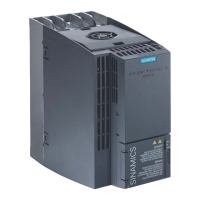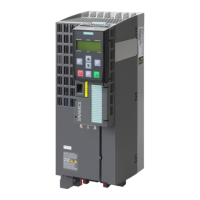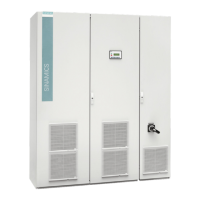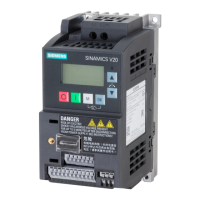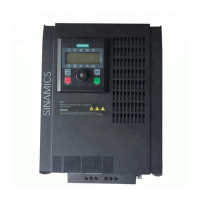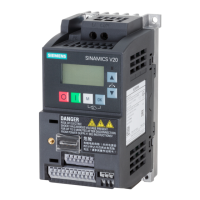Cable routing inside the cabinet
• Route the power cables with a high level of interference so that there is a minimum clearance
of 25 cm to cables with a low level of interference.
If the minimum clearance of 25 cm is not possible, insert separating metal sheets between
the cables with a high level of interference and cables with a low level of interference.
Connect these separating metal sheets to the mounting plate to establish a good electrical
connection.
• Cables with a high level of interference and cables with a low level of interference may only
cross over at right angles:
• Keep all of the cables as short as possible.
• Route all of the cables close to the mounting plates or cabinet frames.
• Route signal and data cables - as well as the associated equipotential bonding cables - parallel
and close to one another.
• Twist incoming and outgoing unshielded individual conductors.
Alternatively, you can route incoming and outgoing conductors in parallel, but close to one
another.
• Ground any unused conductors of signal and data cables at both ends.
• Signal and data cables must only enter the cabinet from one side, e.g. from below.
• Use shielded cables for the following connections:
– Cable between the converter and line lter
– Cable between the converter and output reactor or sine-wave lter
0RXQWLQJSODWH
6KLHOGVXSSRUW
)XVHVVZLWFKHVDQG
FRQWDFWRUV
/LQHILOWHU
&RQYHUWHU
&RQQHFWVKLHOG
(OHFWULFDOO\
FRQGXFWLYH
FRQQHFWLRQV
WKURXJKDODUJH
VXUIDFHDUHD
&RQQHFWVKLHOG
&RQQHFWVKLHOG
%UDNLQJUHVLVWRU
2XWSXWUHDFWRURU
VLQHZDYHILOWHU
&RQWUROFDELQHW
Figure4-4 Routing converter cables inside and outside a control cabinet
Installing
4.2EMC-compliant setup of the machine or plant
SINAMICS G120C Converters
Operating Instructions, 02/2023, FW V4.7 SP14, A5E34263257B AK 43

